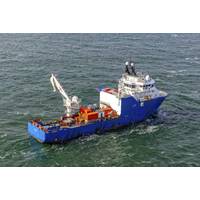
Bluestream Lands Subsea Remedial Job at Two North Sea Offshore Wind Farms
multi-purpose service vessel with air dive spread and a Seaeye Tiger observation class ROV to deliver the scope with a focus on safety and quality a core priority.The DanTysk and Sandbank wind farms, completed in 2014 and 2017 respectively, have a combined capacity of 576 MW and cover an area of 150 square km with 152 turbines.The remedial works by Bluestream are expected to ensure the continued integrity and operational performance of these offshore wind assets, which are critical to supporting Germany’s and the EU’s energy transition ambitions.“We are delighted to be working with
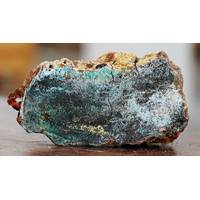
EXPLAINER-Why Does Norway Want to Mine the Seabed?
wind turbines and solar panels.It's also a part of Norway's strategy to develop new maritime industries as its top export, oil and gas from offshore, is expected to decline gradually.WHAT DOES THE GOVERNMENT PROPOSE?The Labour-led minority government has proposed to open about 280,000 square km (108,000 square miles) of ocean areas between Jan Mayen island and the Svalbard archipelago. Its proposed plan follows similar principles to the opening of offshore areas to oil and gas exploration. From the overall area on offer, smaller zones, or blocks, would be
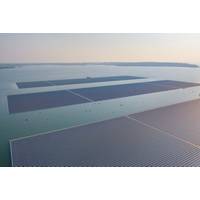
How Floating Solar Panels Could Power Future Population Hotspots
country, particularly on the islands of Java, Bali and Sumatra. By mid-century, Indonesia’s population may exceed 315 million people.Fortunately, Indonesia has vast solar energy potential and also vast pumped hydro energy storage potential to store the solar energy overnight.About 25,000 square km of solar panels would be required to support an affluent Indonesia after full decarbonization of the economy using solar power.Indonesia has the option of floating vast numbers of solar panels on its calm inland seas. The region has about 140,000 square km of seascape that has not experienced waves
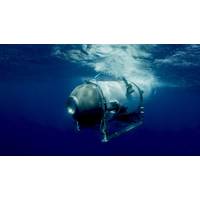
Search for Missing Titanic Sub Focuses on Area Where Sounds Detected
;re searching in the area where the noises were detected."Even if the submersible is located, retrieving it presents huge logistical challenges, given the extreme conditions miles below the surface.Teams from the United States, Canada and France have searched more than 10,000 square miles (25,900 square km) of open sea, roughly the size of Lebanon or the U.S. state of Massachusetts.The 22-foot (6.7-meter) submersible Titan, operated by U.S.-based OceanGate Expeditions, began its descent at 8 a.m. (1200 GMT) on Sunday. It lost contact with its parent surface vessel during what should have been a two-hour
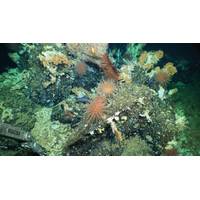
New Coral Reef Discovered in Ecuador's Galapagos Islands
many deepwater systems are degraded," said Stuart Banks, senior marine researcher at the Charles Darwin Foundation, who participated in the expedition. The coral is several thousand years old at least, he added.The South American country last year expanded the Galapagos marine reserve by 60,000 square km (23,166 square miles), an extension of the 138,000 square km already in place, to protect endangered migratory species between the Galapagos and the Cocos Island in Costa Rica.The Galapagos, which inspired Charles Darwin's theory of evolution, are also home to giant tortoises, albatrosses,
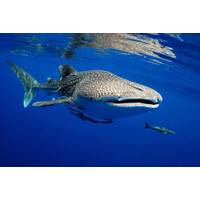
Nations Secure UN Global High Seas Biodiversity Pact
the agreement on the UN High Seas Treaty, we take a crucial step forward to preserve the marine life and biodiversity that are essential for us and the generations to come," said Virginijus Sinkevicius, the European commissioner for the environment, oceans and fisheries.Greenpeace says 11 million square km (4.2 million square miles) of ocean needs to be put under protection every year until 2030 to meet the target.Very little of the high seas is subject to any protection, with pollution, acidification and overfishing posing a growing threat."Countries must formally adopt the treaty and ratify
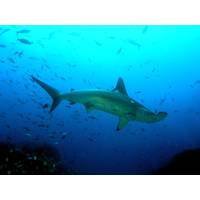
Ecuador Eyes New Galapagos Marine Reserve
acknowledged that the idea faces pushback from industry groups.“In terms of the environment there’s no question that having more area in reserve offers more protection. It’s the other two issues that are in discussion.”The proposal would triple the size of the existing 133,000 square km (51,352 square mile) reserve, one of the largest in the world, helping reduce the likelihood of migratory species getting caught in the nets of Ecuador’s fishing fleet.That would help protect a vast array of marine wildlife including five endangered species that migrate between the Galapagos
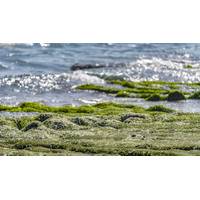
China Pursuing Bigger Ocean Carbon Sinks to Help Meet Climate Goals
shows that 17 out of the 24 monitored marine ecological systems were in a "sub-healthy" or "unhealthy" state in 2020, with the number of marine species below the normal range.In July, the eastern port city Qingdao experienced its worst ever algae infestation, with about 60,000 square km of area covered in harmful green seaweed, caused by intensive farming and increased organic matter.The coastal province of Zhejiang plans to establish more algae and shellfish breeding facilities dedicated to improving its carbon sink capacity, and will look to bring carbon sink products into its
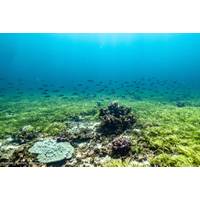
Shrinking Sea Meadows Store More Carbon Than Forests. Scientists Race to Track What’s Left
its little-studied beds of seagrass.With the boat bobbing for days above the plateau, the researchers gathered bits of grass floating in the water, tweezering them into bottles for analysis back on shore.Data on seagrass meadows are patchy, but research so far estimates the grasses cover over 300,000 square km (115,000 square miles), distributed across all continents apart from Antarctica, according to UNEP. That would be an area the size of Italy.It is not yet known how much carbon is locked into Saya de Malha, but globally the tangled roots of seagrasses are estimated to trap over 10% of the carbon


 February 2025
February 2025





